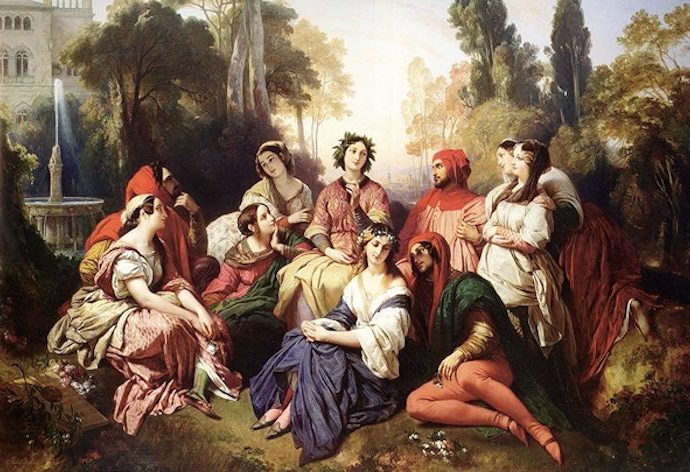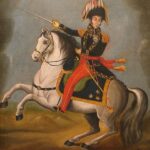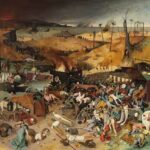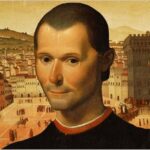The Italian author Giovanni Boccaccio (1313–1375) is considered one of the early humanists. He was the illegitimate son of Boccaccio di Chellino, a merchant from the small town of Certaldo.
At first the young Boccaccio apprenticed as a merchant, then he abandoned that career for the study of canon law (official regulations and doctrines of the church).
Through his father, who was a financial adviser to King Robert of Anjou, he gained contacts to the cultivated society of the court at Naples. There he mingled with scientists, theologians, scholars, and lawyers. He studied astronomy, mythology, classical literature,
French adventure romances, and Italian poets. He also became a writer of love poems and allegories.
Boccaccio’s most famous work is the Decameron, which he completed by 1353. The Decameron consists of one hundred stories, written in Italian, that are set in Florence during the Black Death.
Seven young ladies and three young men meet by chance in the church Santa Maria Novella and agree to flee from the city to their country villas during the epidemic. Against the somber background of death and desolation, which Boccaccio portrayed in vivid detail, the group lives a carefree yet well-ordered life in the pleasant countryside for fifteen days, avoiding all thoughts of death.
They meet daily in the cool shade, where each one tells a story on a specific subject, and the day ends with a ballad. Each day a king or queen is named to govern the happy assembly and to prescribe occupations and determine a theme for the stories. The storytelling continues for ten days, hence the title Decameron (deca is the Latin word for ten).
The tales have an abundance of subjects—comic, tragic, adventurous, ancient, and contemporary. Boccaccio portrayed a multitude of characters, from ridiculous fools to noble figures, from all eras and social conditions. He depicted human nature in its weakness and heroic virtue, particularly as revealed in comic or dramatic situations. The Decameron became the model of Italian literary prose. It also served as a model for the Heptameron, the famous novel by the French writer Margaret of Navarre.








